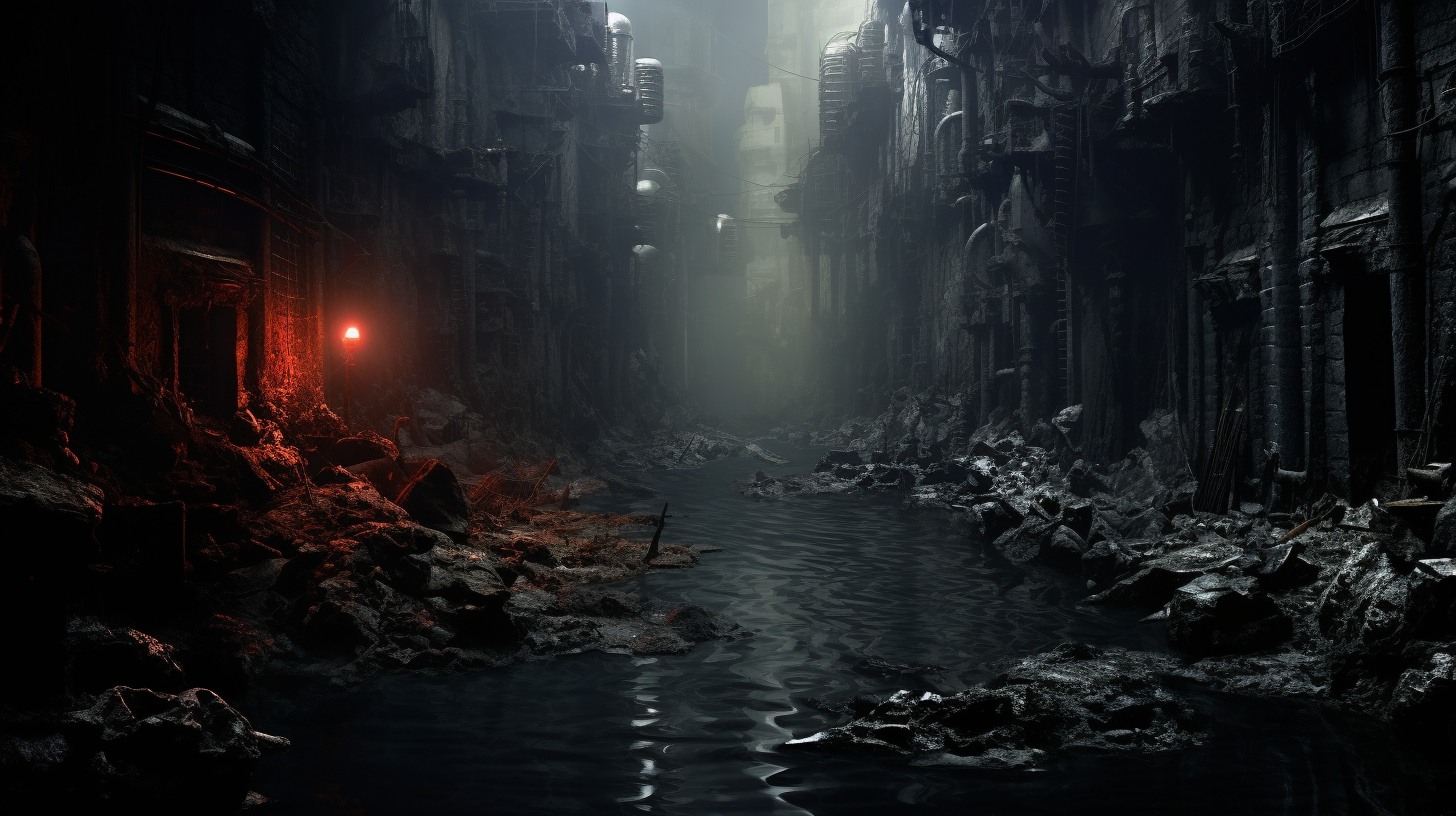In a world where the sun’s wrath renders the surface uninhabitable, humanity descends into the bowels of the earth to carve out a new definition of city life. New Pioneers – The Rise of Underground Cities brings to light the subterranean metropolises that have begun to emerge as beacons of human resilience in the dystopian landscape portrayed by Green Dystopia.
The concept of burrowing into the earth is not a new one. Historical precedents abound, from the catacombs of Paris to the ancient dwellings in Cappadocia. But the modern underground city is a far cry from these primitive hideaways. These are not mere refuges; they are complex societies, complete with artificial ecosystems, carefully engineered to support their inhabitants indefinitely.
As if taking a page from ant colonies, humans have become adept at creating hyper-efficient spaces. These cities are a marvel of engineering and ingenuity, borne out of necessity as the earth’s surface becomes increasingly hostile.
Fresh air, artificial light, and hydroponic farms make up the lifeblood of these communities. Gone are the days of smog-choked skies and parched earth; in their place, LED suns and biodomes flourish. These cities provide, within their sealed vaults, a semblance of the natural world we have lost above ground.
Interviews with residents of these underground havens reveal a dual sentiment: the mourning of their former lives beneath the sky and a sense of gratitude for the sanctuary they now have. One resident shares, It’s strange to think that the ceiling above us is now our sky.
Their words paint a complex emotional landscape to match the physical one they inhabit.
In stark contrast to the inequalities depicted in our previous examination of Skyrisers, underground cities strive for a more egalitarian structure. Here, society has committed to an all for one, one for all ethos, perhaps out of necessity. These urban labyrinths can only thrive through collective effort accentuating the interconnected fate of their residents.
Yet, as remarkable as these achievements are, they underscore an undeniable truth: the world on the surface has changed irrevocably. Celebrating the resilience of humanity through these structures, we must reflect on the losses that led us to this point. These cities should not have been necessary—a silent testament to what might have been had we heeded the cries of a dying planet.
The rise of underground cities is a tale of human determination and adaptability, providing a new kind of narrative for our descendants—one of life continuing in defiance of environmental downfall. As these cities grow and develop, perhaps so, too, will the stories we tell within them.
From the depths, we look to the future. A future where the surface may heal, where we learn from our past and move forward, not just as survivors, but as stewards of a planet we once almost destroyed. The question remains—at what point does survival turn into living? Only the fullness of time will tell.
